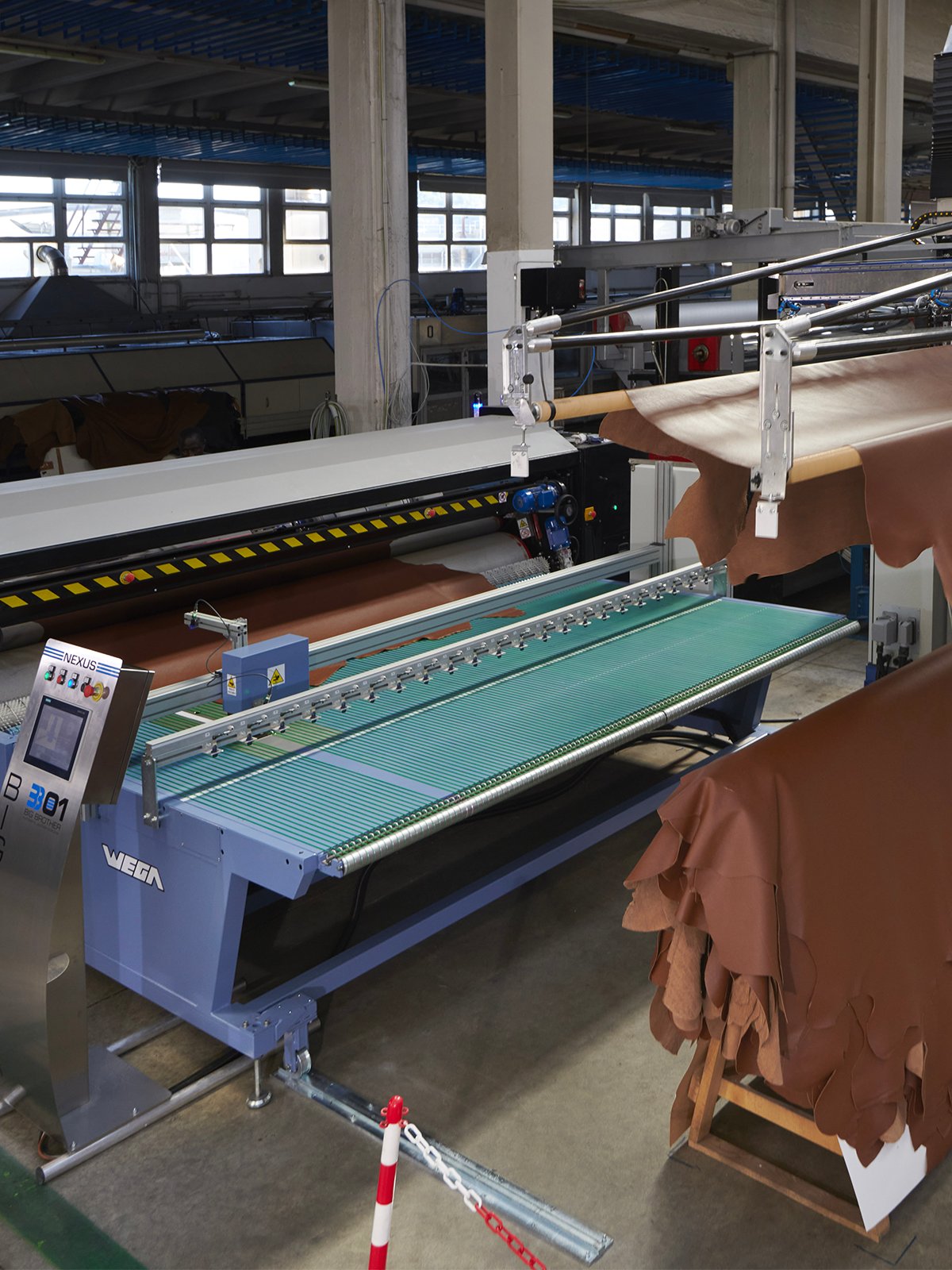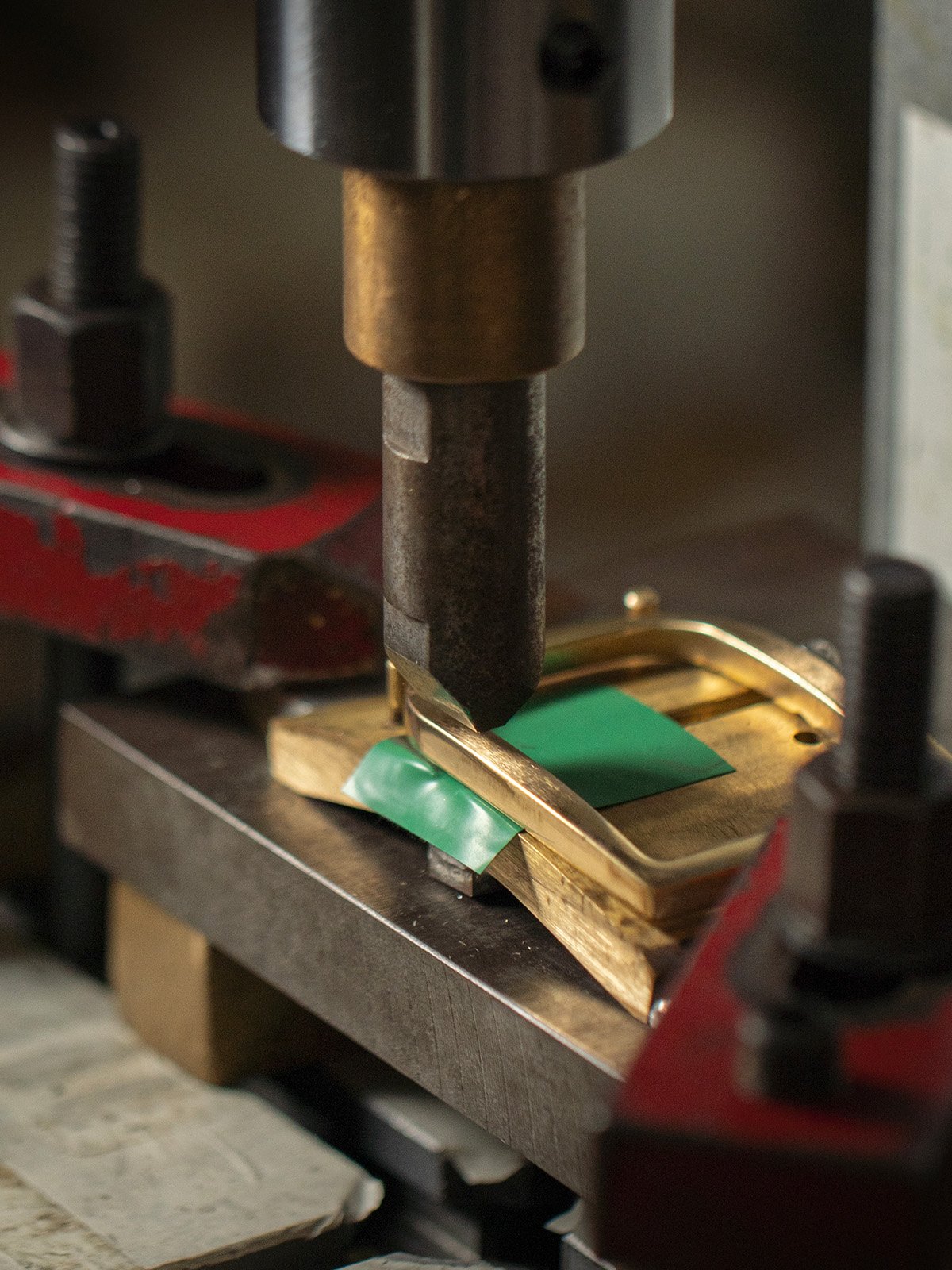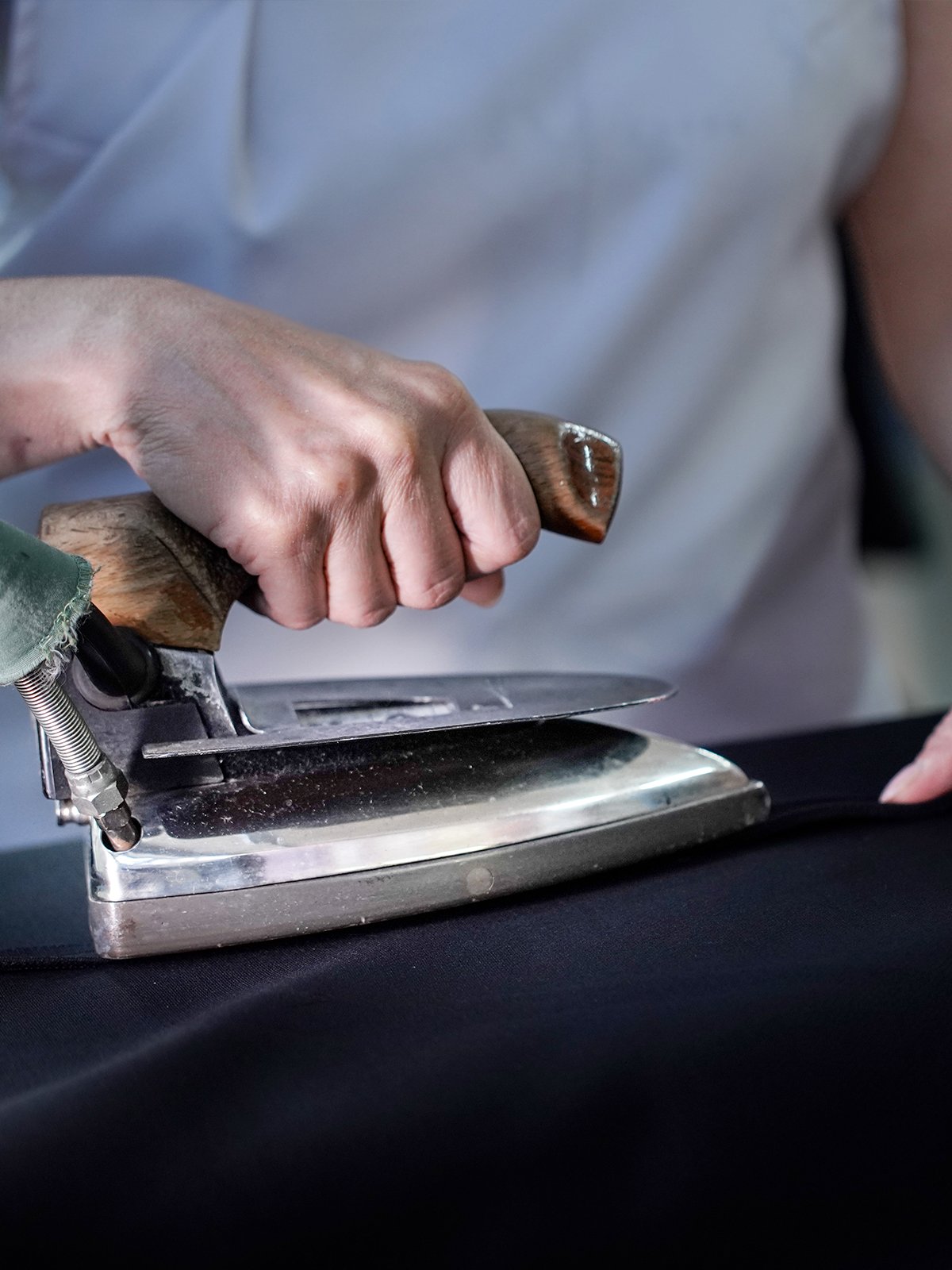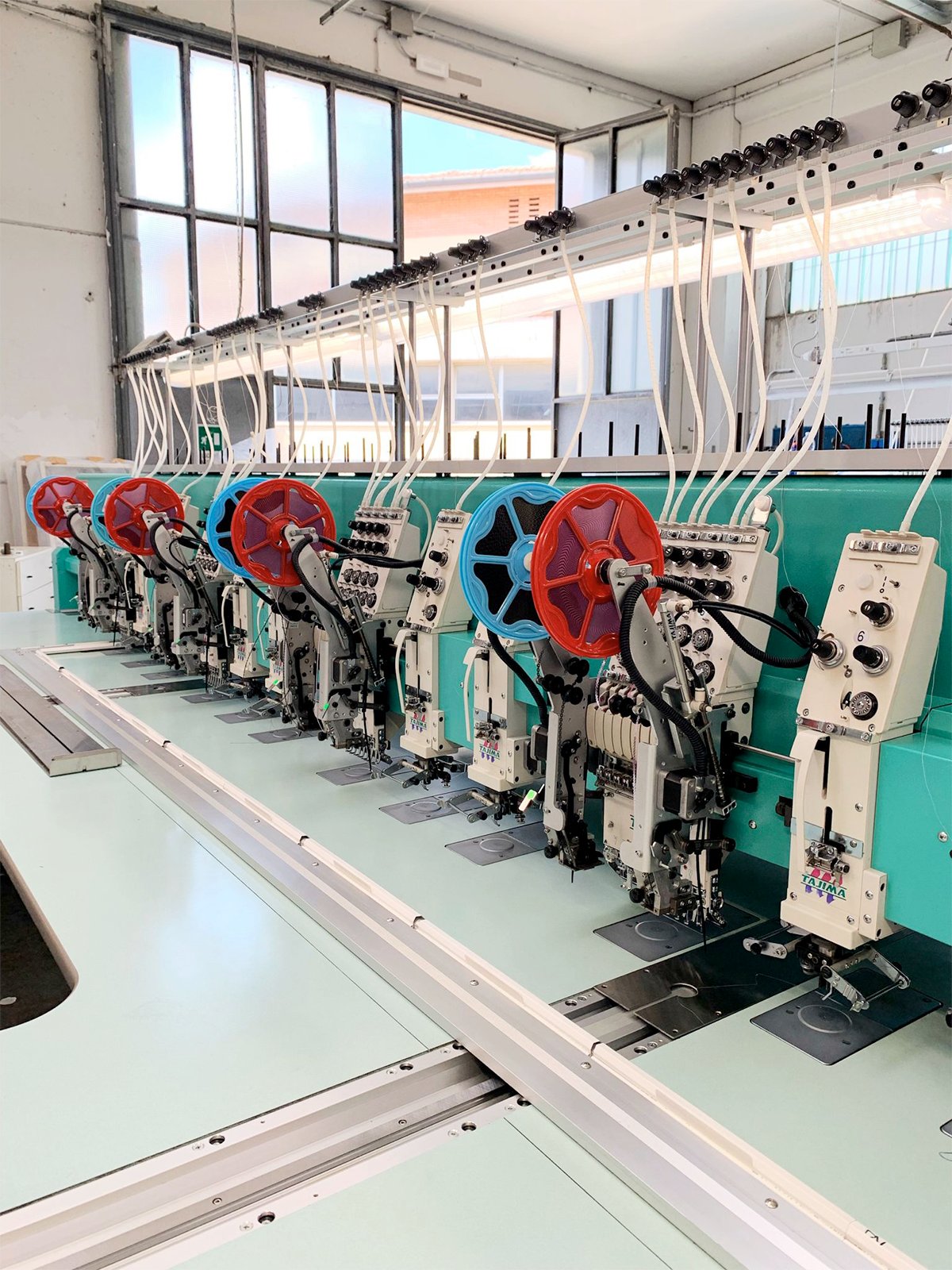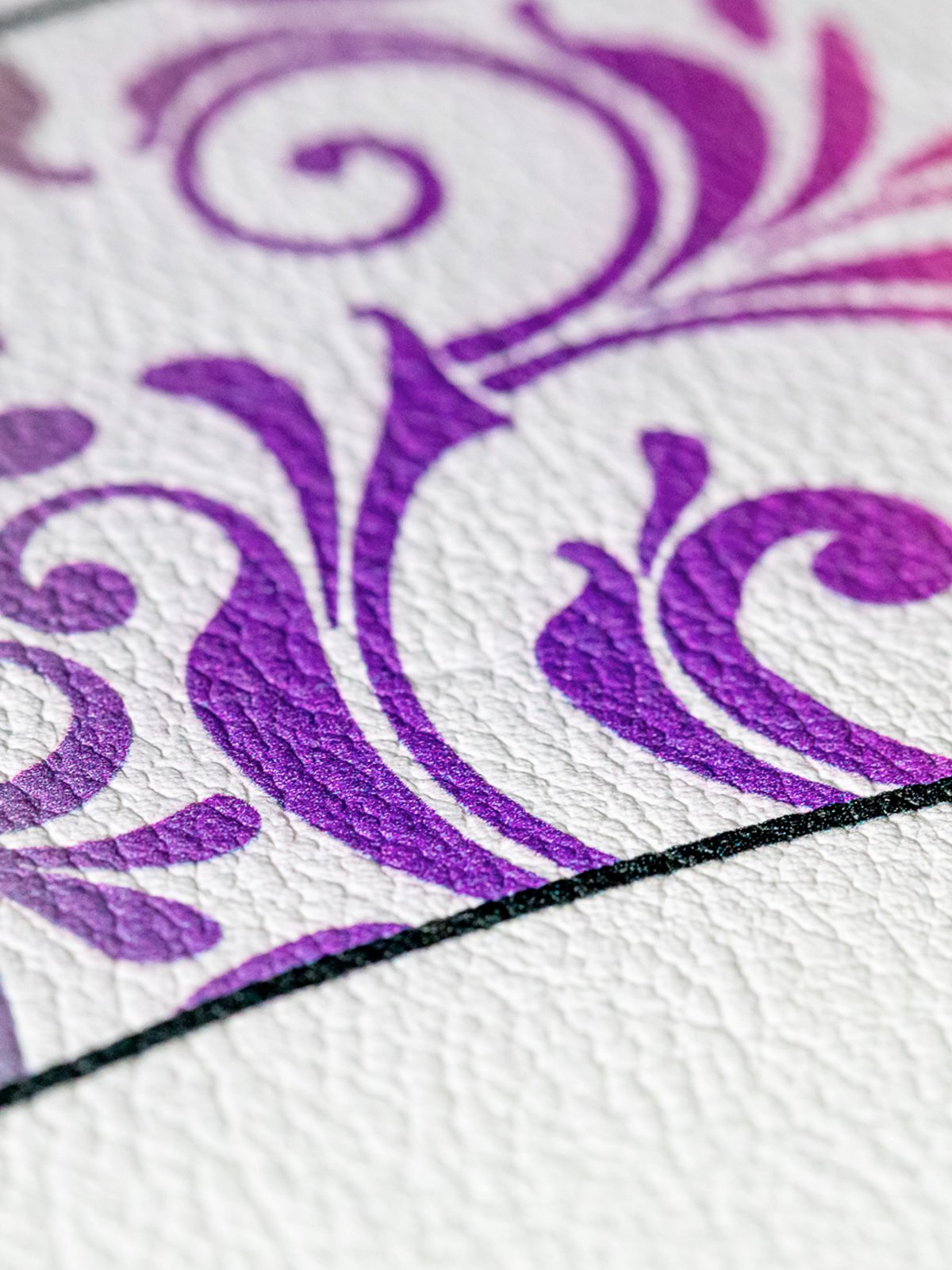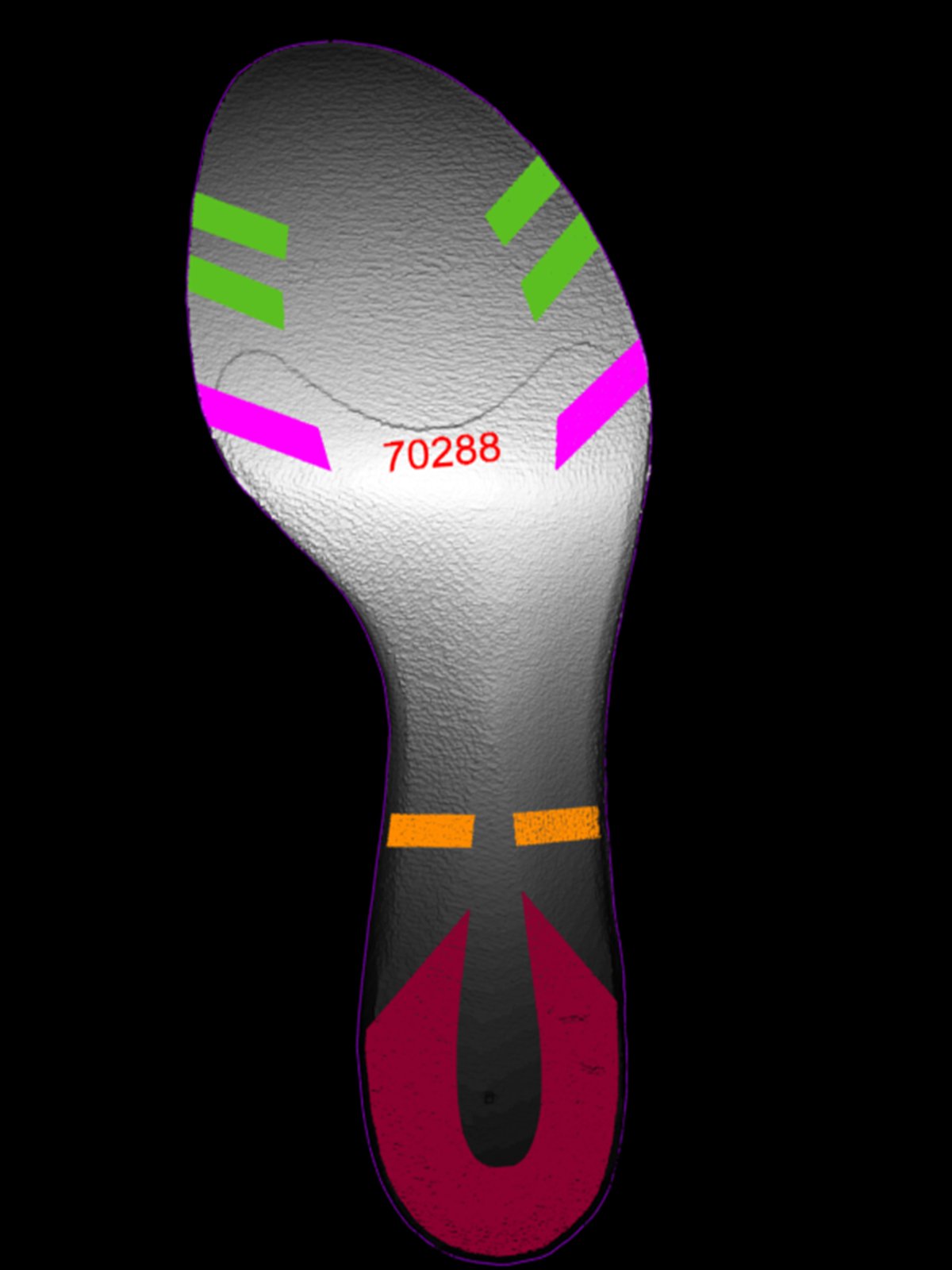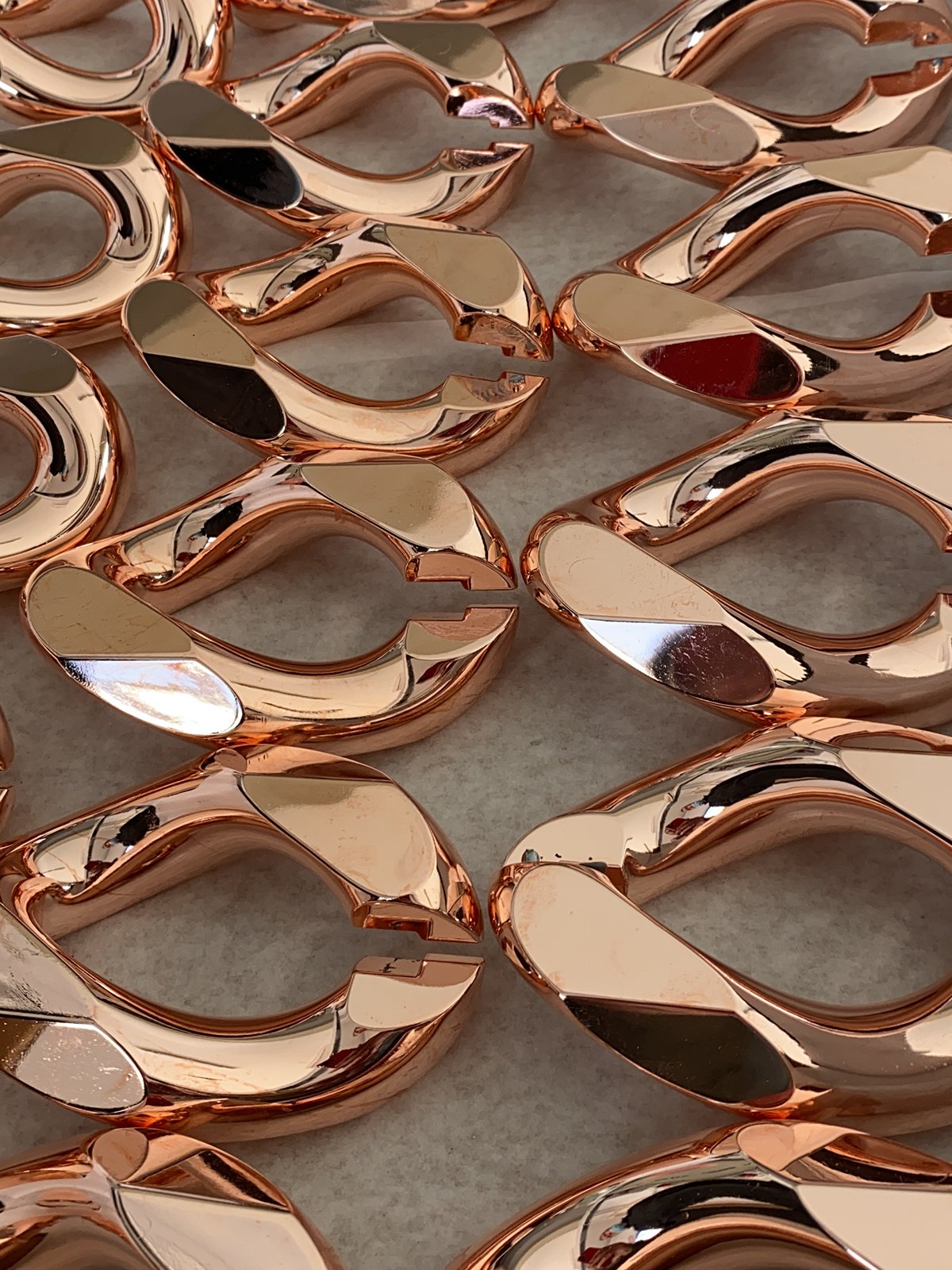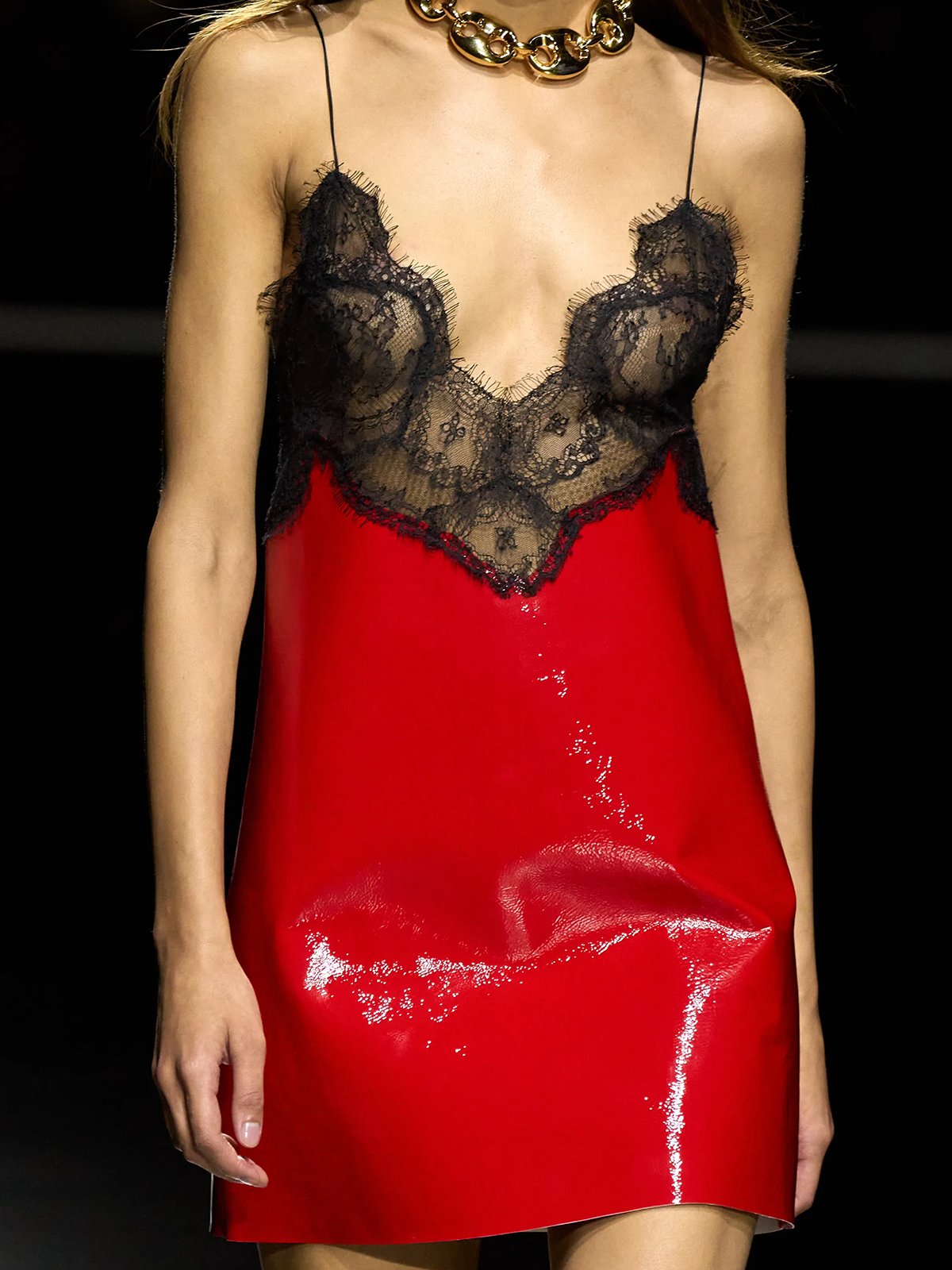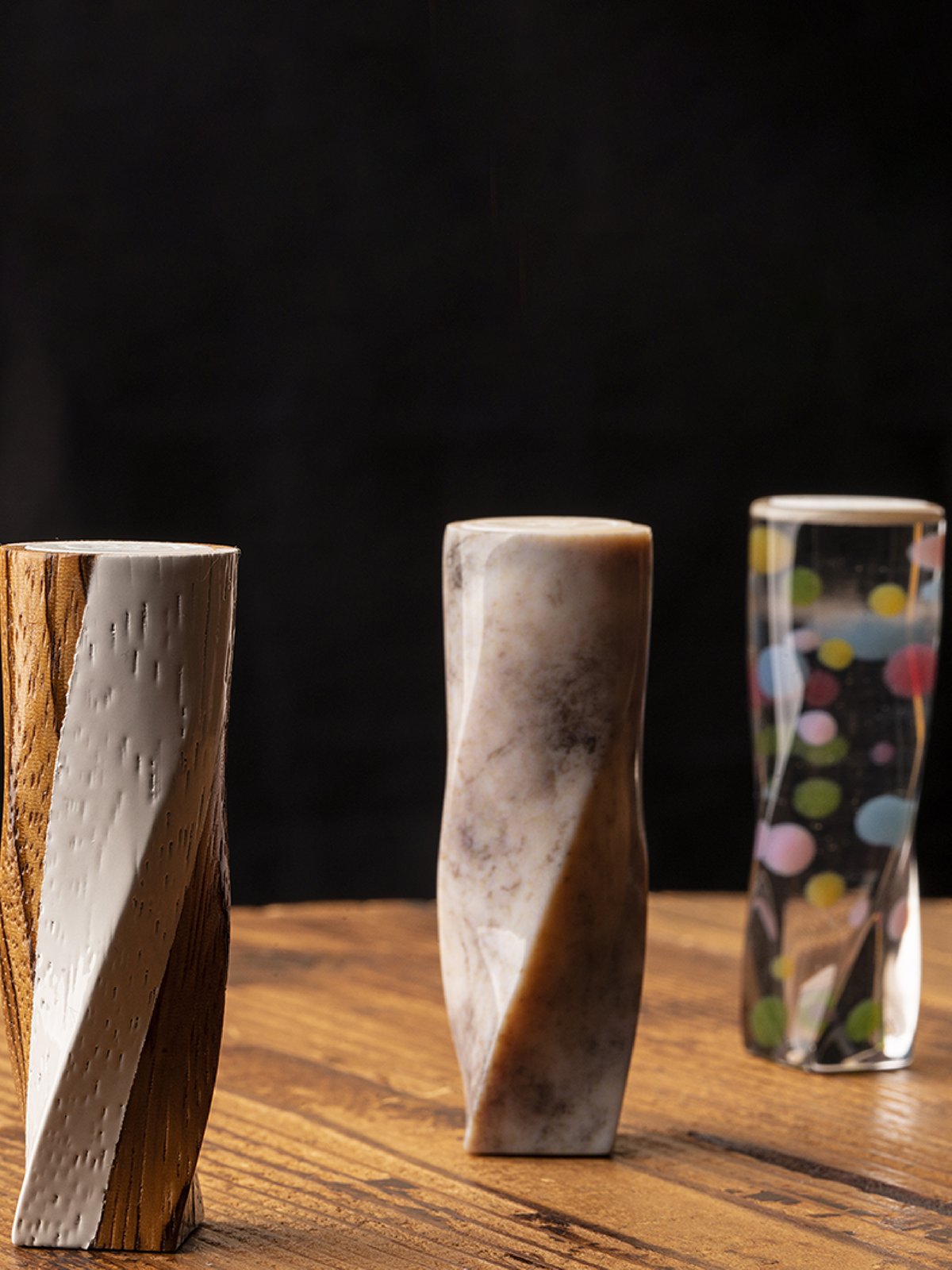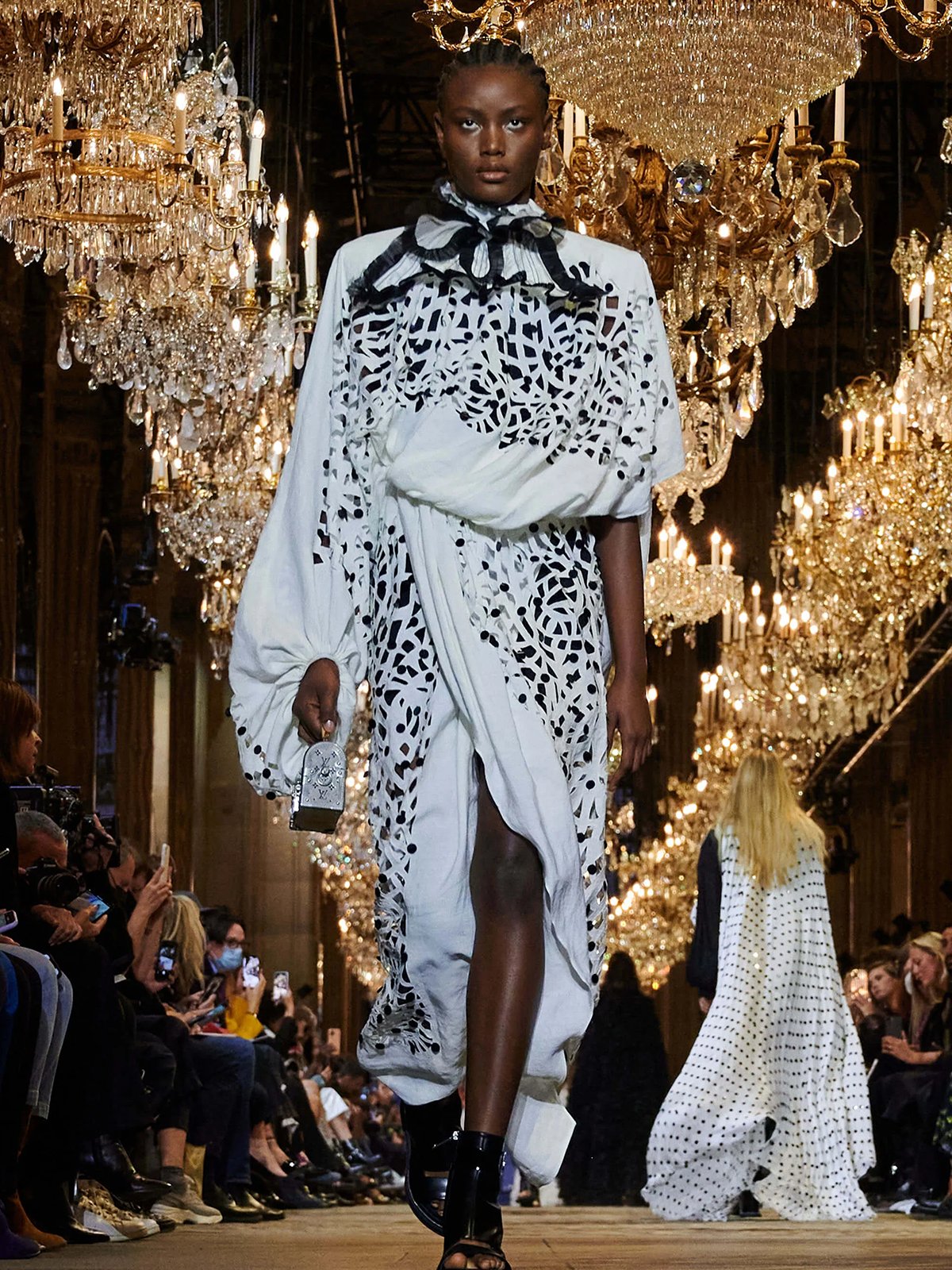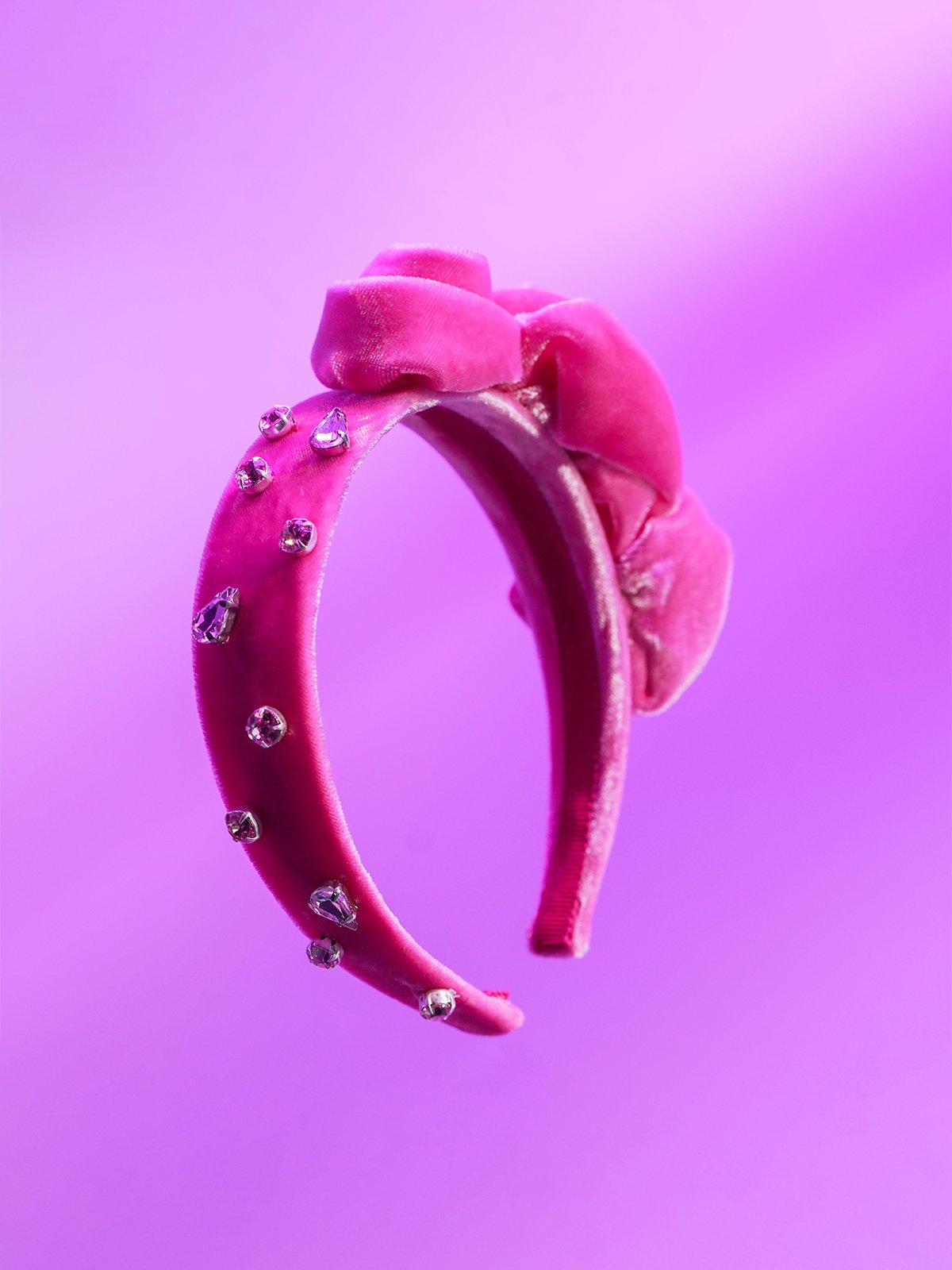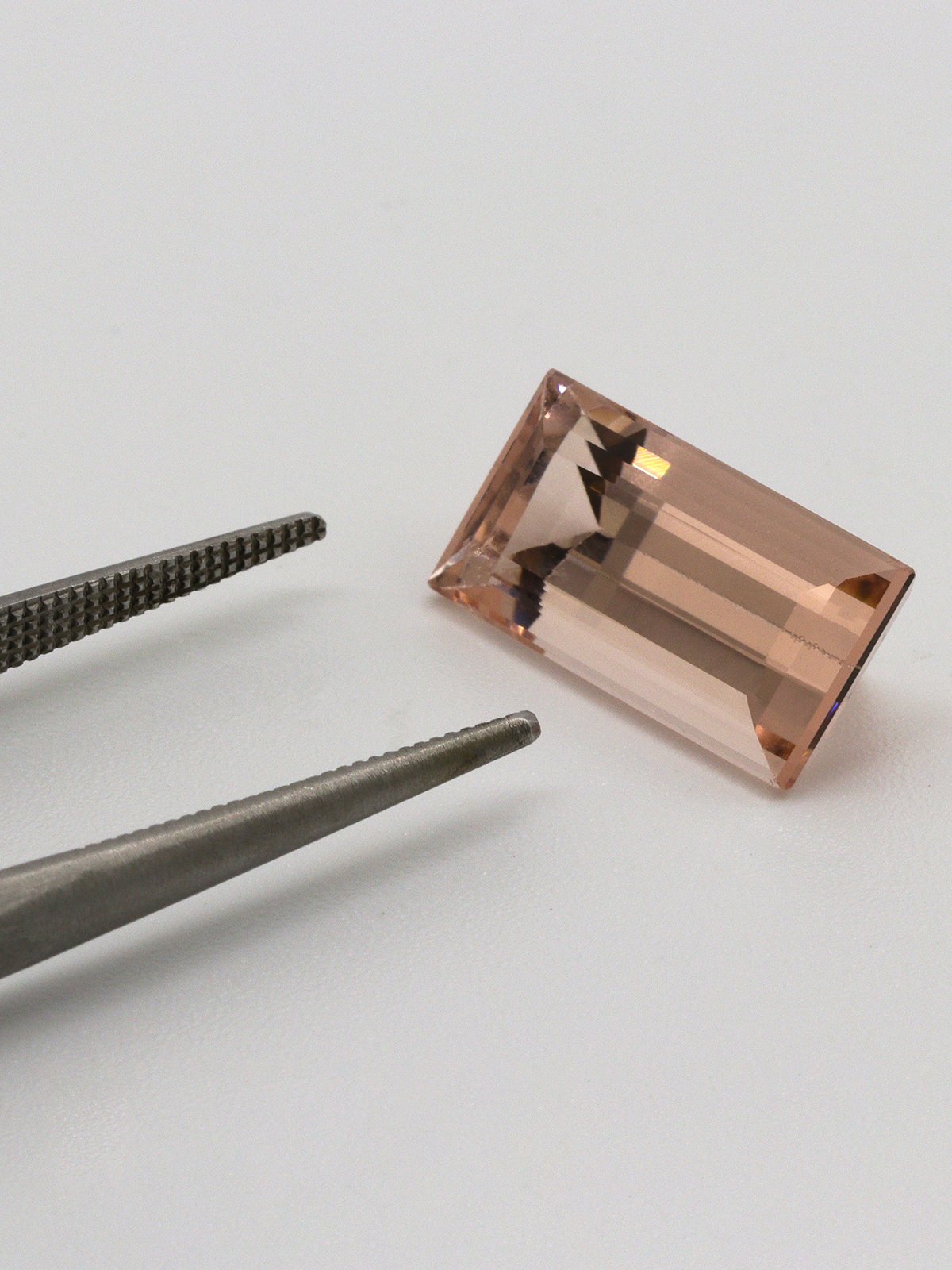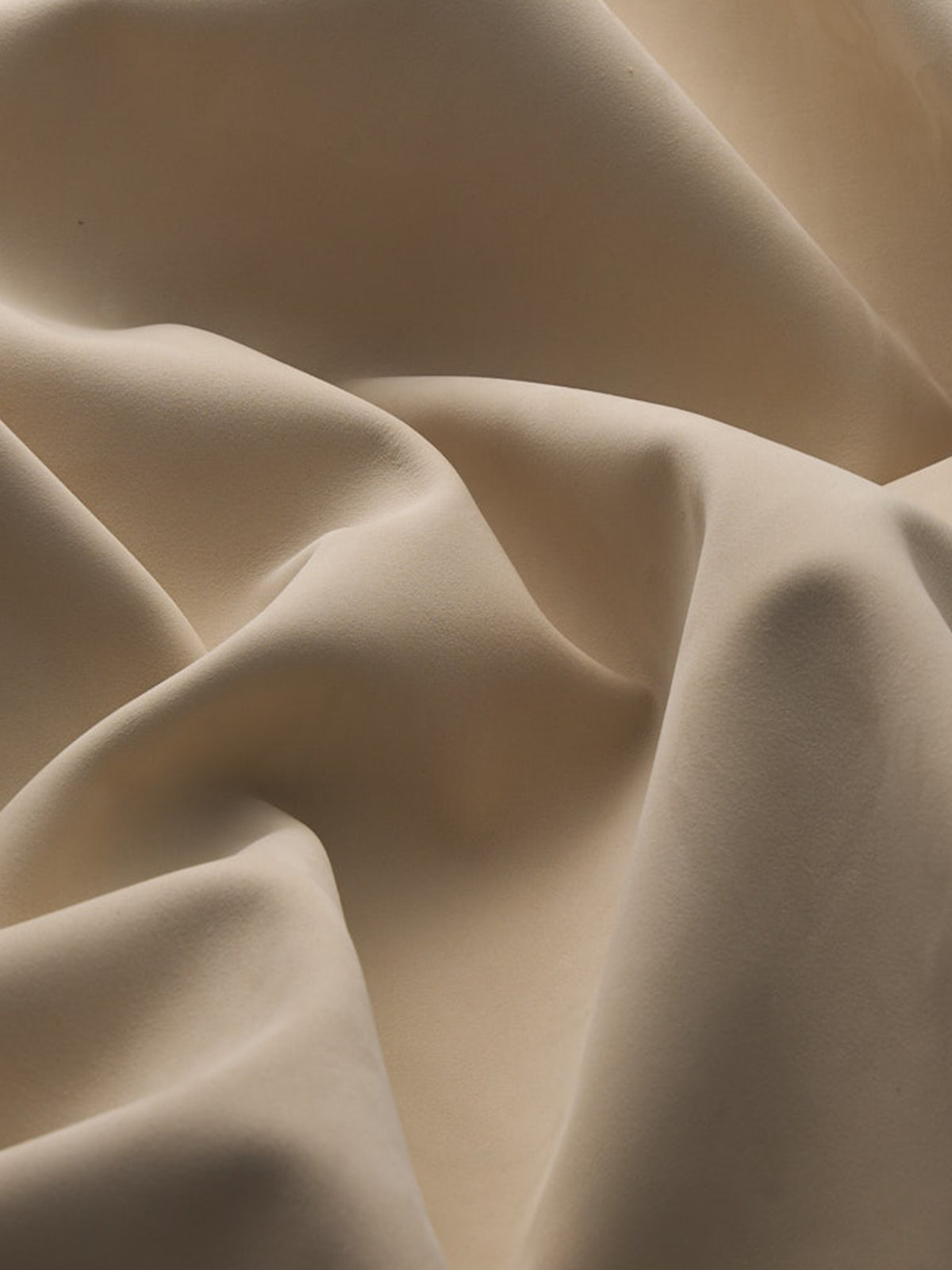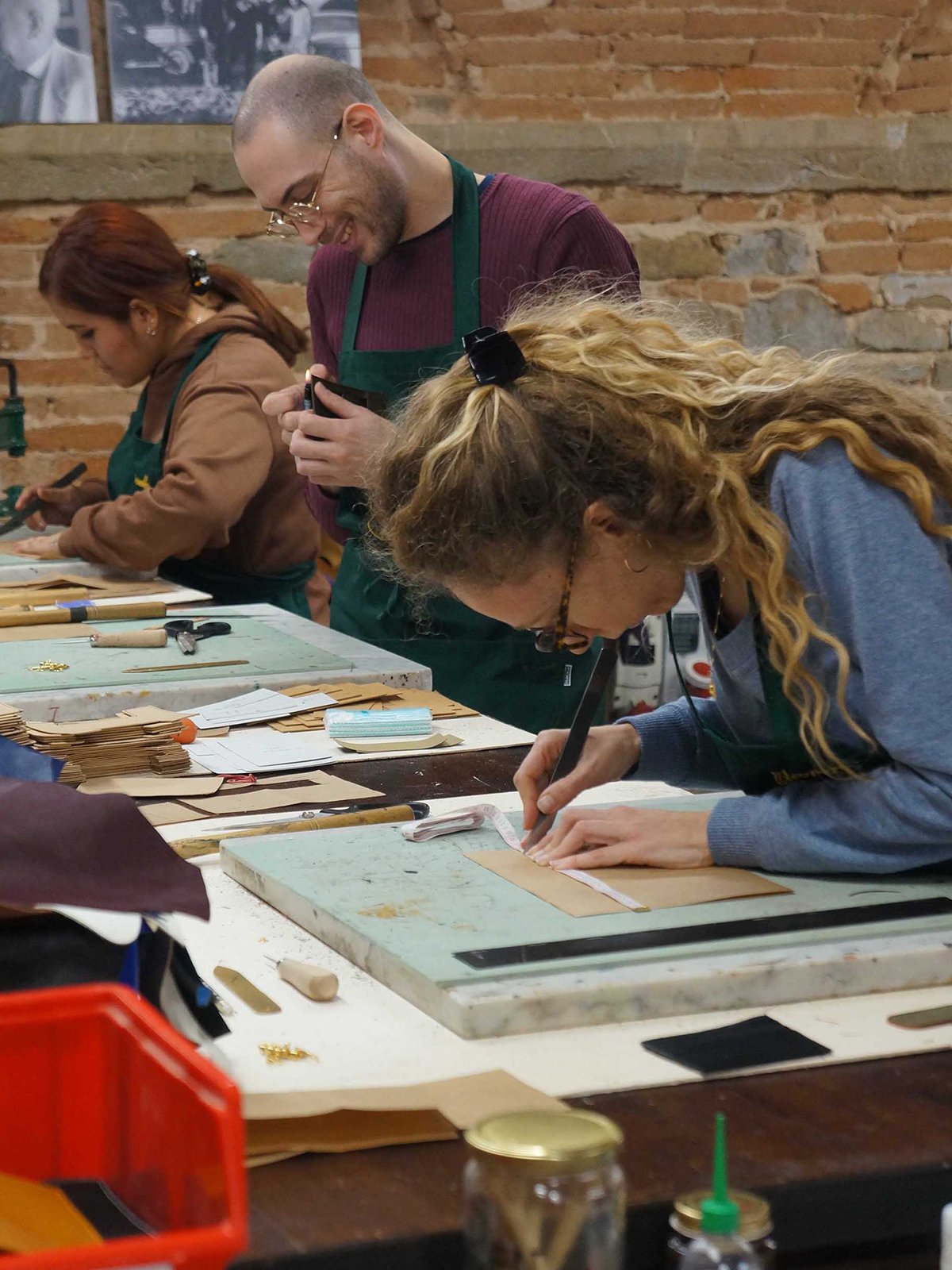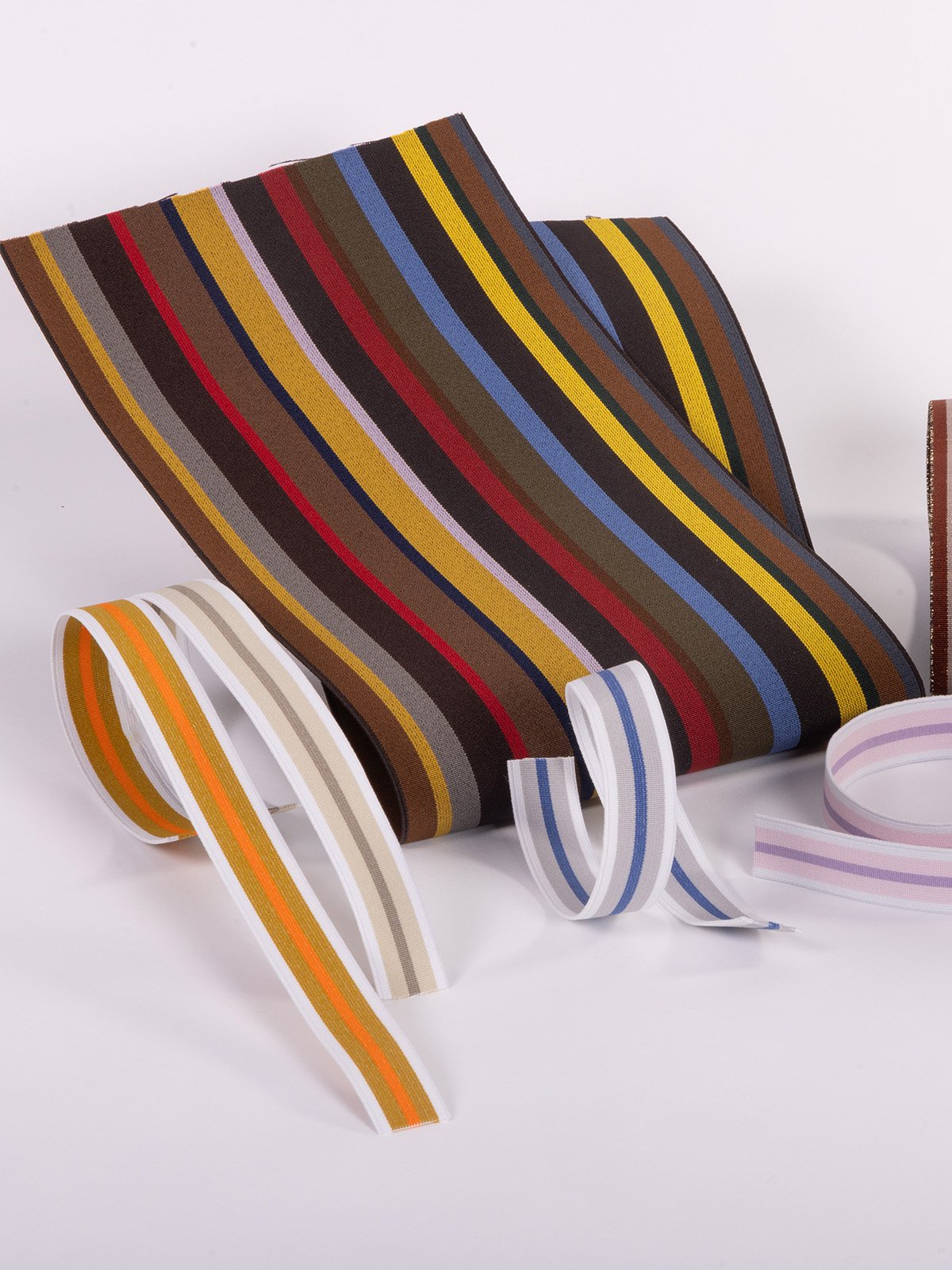News
Zipper: a name, a gesture, a fashion star
 Credit: Lampo Zippers
Credit: Lampo Zippers
Bags, sweatshirts, boots, not to mention jeans and jackets. We could no longer do without it, even though we tend to curse it when it jams. The zipper, or more onomatopoeically zipper, is now part of our everyday life. And like almost all things that have come into common use, doesn't it beg the question: when was it invented? And by whom? Well, the zipper has relatively recent origins: it was Elias Howe, in 1851, who devised one of its ancestors, later improved upon by American engineer Whitcomb Judson, who patented a new version in 1893, designed to replace shoe and boot laces. Its ultimate adoption came in 1937 when some French designers introduced the zipper to men's pants.
But the zipper's path has not been so linear. To manufacture and market it, Whitcomb Judson founded, along with Lewis Walker, the Universal Fastener Company. The system was later perfected by the Swede Gideon Sundbäck, who around the 1910s was given the task of improving the device by the same company. Sundbäck is credited with the idea of attaching the hinge to two strips of cloth to simplify its installation. The patent for "the separable fastener" was registered in 1917: the zipper was born, although this name would only come by accident in 1923 when the BFGoodrich Company began producing rubber boots equipped with a zipper, the Zipper Boot. They were so successful that the word "zipper" came into common use. Meanwhile, in Canton Ticino, M.O. Winterhalter acquired the European patent for the zipper in 1923 and in 1936 founded Riri, which today has eight manufacturing plants in Canton Ticino and Italy. In Japan, YKK, the largest zipper manufacturer, was born in 1934. But it was in Italy that the zipper gained a new status, thanks to fashion designer Elsa Schiaparelli the first to use it without hiding it in the fabric. Today, zippers are no longer just functional elements; in addition to being declined in multiple variants of materials and finishes, they have become "matter to be shaped" in the hands of designers: such as Tom Ford, Junya Watanabe who made wide (and creative use of them for Comme des Garcons' S/S2005, Nicolas Guesquière who for Louis Vuitton's S/S23 proposed them in a maxi version. They have come a long way from being simple substitutes for laces.
